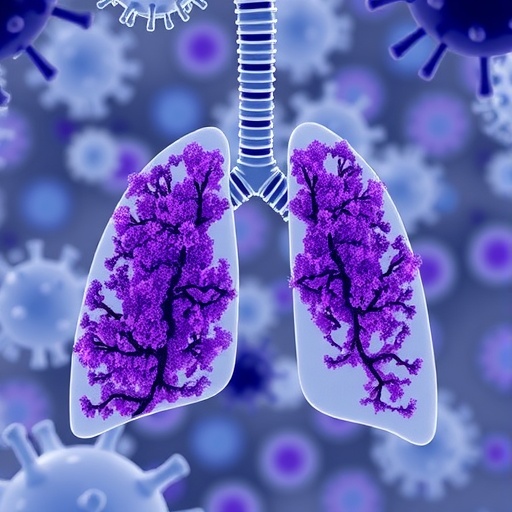Tufts and Georgetown scientists, and humanitarian José Andrés, call for a new approach to address food and nutrition inequities

Credit: Samantha Higgins for World Central Kitchen.
In the 1960s, a national focus on hunger was essential to address major problems of undernutrition after World War II. In the 1990s, the nation shifted away from hunger toward “food insecurity” to better capture and address the challenges of food access and affordability.
Now, a new Viewpoint article argues that today’s health and equity challenges call for the U.S. to shift from “food insecurity” to “nutrition insecurity” in order to catalyze appropriate focus and policies on access not just to food but to healthy, nourishing food.
The Viewpoint, by Dariush Mozaffarian of the Friedman School of Nutrition Science & Policy at Tufts University, Sheila Fleischhacker of Georgetown Law School, and José Andrés of World Central Kitchen, was published online in JAMA this week.
The concept of food security focuses on access to and affordability of food that is safe, nutritious, and consistent with personal preferences. In reality, however, the “nutritious” part often has been overlooked or lost in national policies and solutions, with resulting emphasis on quantity, rather than quality, of food, say the authors.
“Food is essential both for life and human dignity. Every day, I see hunger, but the hunger I see is not only for calories but for nourishing meals. With a new focus on nutrition security, we embrace a solution that nourishes people, instead of filling them with food but leaving them hungry,” said Chef José Andrés, founder of World Central Kitchen.
The authors define nutrition security as having consistent access to and availability and affordability of foods and beverages that promote well-being, while preventing — and, if needed, treating — disease. Nutrition security provides a more inclusive view that recognizes that foods must nourish all people.
“‘Nutrition security’ incorporates all the aims of food security but with additional emphasis on the need for wholesome, healthful foods and drinks for all. COVID-19 has made clear that Americans who are most likely to be hungry are also at highest risk of diet-related diseases including obesity, diabetes, heart disease, and many cancers – a harsh legacy of inequities and structural racism in our nation. A new focus on nutrition security for all Americans will help crystallize and catalyze real solutions that provide not only food but also well-being for everyone,” said first author Dariush Mozaffarian, dean of the Friedman School of Nutrition Science & Policy at Tufts University.
“It’s the right time for this evolution,” said Sheila Fleischhacker, adjunct professor at Georgetown Law School, who has drafted food, nutrition and health legislation and campaign positions at the local, state, tribal and federal levels. “By prioritizing nutrition security, we bring together historically siloed areas – hunger and nutrition – which must be tackled together to effectively address our modern challenges of diet-related diseases and disparities in clinical care, government food and food assistance policies, public health investments, and national research.”
“The current approach is not sufficient,” the authors write, and “traditionally marginalized minority groups as well as people living in rural and lower-income counties are most likely to experience disparities in nutrition quality, food insecurity, and corresponding diet-related diseases.”
###
Media Contact
Siobhan Gallagher
[email protected]
Related Journal Article
http://dx.





